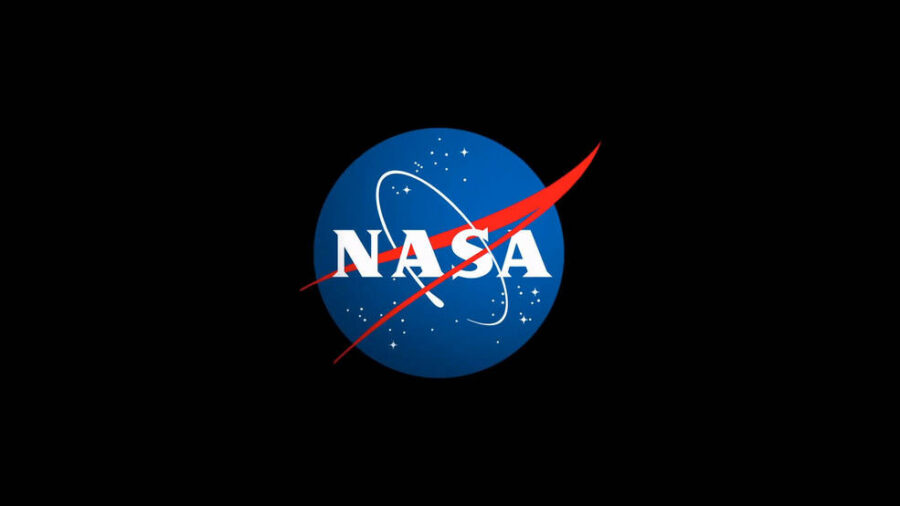
The ongoing steps taken by President Donald Trump’s administration to transform and reduce in size the federal workforce is already impacting the space science and exploration community, with more changes head.
The shake-up includes the President Trump-okayed establishment of the Department of Government Efficiency (DOGE), an advisory group to streamline the federal government. Billionaire Elon Musk, SpaceX founder and CEO of Tesla, is heading the controversial and chaotic DOGE undertaking, with buyouts, layoffs, and firings to attain objectives.
NASA’s Acting Administrator, Janet Petro, has requested space agency employees “to lean into this opportunity” as DOGE seeks to maximize efficiencies. She is a former director of NASA’s John F. Kennedy Space Center in Florida.
“I know the recent executive orders and subsequent guidance are weighing on many of you,” Petro explained in a February 7th update to NASA employees. “Speculation from all areas has contributed to uncertainty and concern, and the volume of updates can feel overwhelming.” Indeed, morale within the space agency is on a downward trajectory, per several NASA officials contacted by Sky & Telescope who wish to remain anonymous.
Unprecedented Challenges
At present there are few enacted changes to NASA or NSF. NASA was braced for layoffs but received an eleventh-hour reprieve, albeit perhaps a temporary one. Meanwhile, NSF remains under a short-term continuing resolution that expires on March 14th, but is proactively cutting some programs due to budgetary uncertainty, such as downsizing the Research Experiences for Undergraduates (REU) programs.
What’s still to come looms large.
A matter of concern is upcoming debate and passage (or not) of the Continuing Resolution for Fiscal Year 2025 funding. (The federal fiscal year runs from Oct. 1 of one calendar year to Sept. 30 of the next year.) Then there’s President Trump’s proposed budget for Fiscal Year 2026. There are no specific details on these as yet; some details may come tonight, when President Trump delivers a joint congressional address, blueprinting his plans for 2025.
The American space science community writ large — at NASA, NSF, and elsewhere — is facing an “unprecedented set of challenges” in 2025, says Keith Cowing. He is the editor and watchdog webmaster of NASA Watch, an online publication focused on free and uncensored exchange of information on space policy and NASA operations.
“Drastic reductions in government personnel, restrictions on diversity and inclusion programs, program and mission cancellations, and shrinking budgets will constrain how we study and explore the universe,” he adds. “Given the current political winds, this may persist for some time.”
As such, senses Cowing, the space science community will be called upon to get more creative in terms of what they study and how they generate the resources to conduct those studies. His bottom line: “It is going to be rough.”
“Indiscriminate Cutting”
The big picture of potential DOGE impacts on NASA and NSF are bleak, says Amanda Hendrix, deputy chief executive officer and senior scientist at the Planetary Science Institute, based in Tucson, Arizona.
“Indiscriminate cutting of the NASA and NSF workforce will damage U.S. leadership and competitiveness in space missions and space science,” Hendrix tells Sky and Telescope. “We have a unique workforce that is not easily replaced.”
Hendrix says that cutting the NSF and NASA workforce impacts the entire country, not only civil servants and NASA centers. All of the university, nonprofit, and commercial partners are adversely affected as well, she says, with damage done in every single state of the U.S.
More widely, there are international partners and commitments, missions in progress and in the pipeline, and a host of scientific priorities to address. “These cannot be abandoned or given short shrift,” Hendrix adds.
Another ramification is the impact on society as a whole. “There’s a lot of research that people may not realize is done by NSF and NASA scientists that affects our day-to-day lives,” says Hendrix. That research affects GPS apps on your phone, space weather interruptions of commercial satellites, as well as tracking of asteroids, some of which could become future threats to Earth.
“And don’t forget the next generations of engineers and space scientists that look to NASA and NSF for inspiration! These cuts could impact our country for generations,” she concludes.
Another early casualty of President Trump’s actions are NASA’s Analysis and Assessment Groups. These are community-organized groups that provide feedback (but not formal recommendations) into NASA’s Planetary Science Division.
“We, the assessment groups, are still shut down, pending amendment of our Terms of Reference to comply as NASA directs,” says planetary scientist Noam Izenberg (Johns Hopkins University), who chairs the Venus Exploration Analysis Group. “We’ve all been working on the documents but have no timeline yet as to when we may be reactivated.”
Community impacts so far, Izenberg reports, have been cancellation of the Mercury Exploration Analysis Group as well as the next meeting for the outer planets. He adds that venues for conveying community priorities, information, and feedback to NASA leadership is, at present, cut off. Various planned AG town hall gatherings at the Lunar and Planetary Science Conference being held March 10–14 in The Woodlands, Texas, are likewise canceled.
Taking off his VEXAG hat, and speaking personally — and not representing his institution — Izenberg emphasizes, “None of this is great for the planetary science and technology communities. The full consequences beyond lost opportunities for communication, collaboration, and networking with NASA, with national partnerships, and international colleagues are still unknown.”
